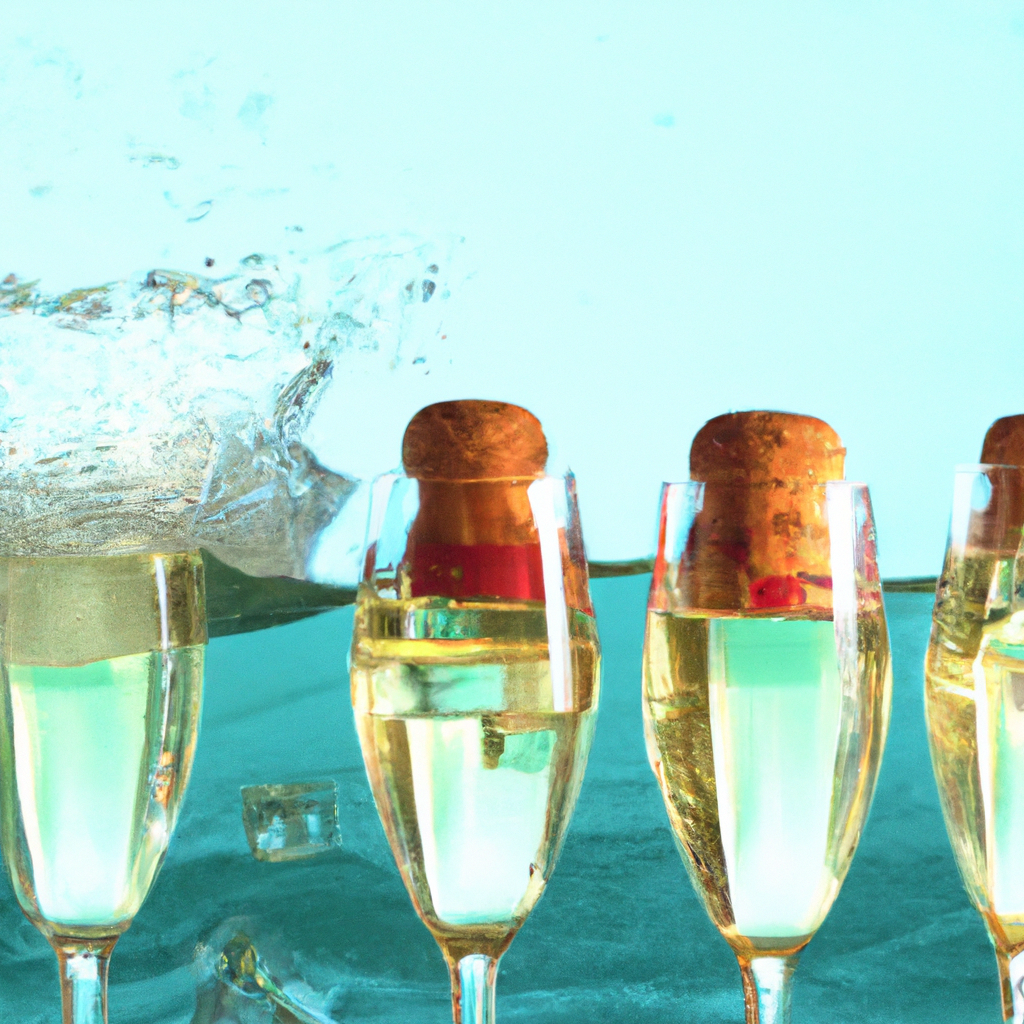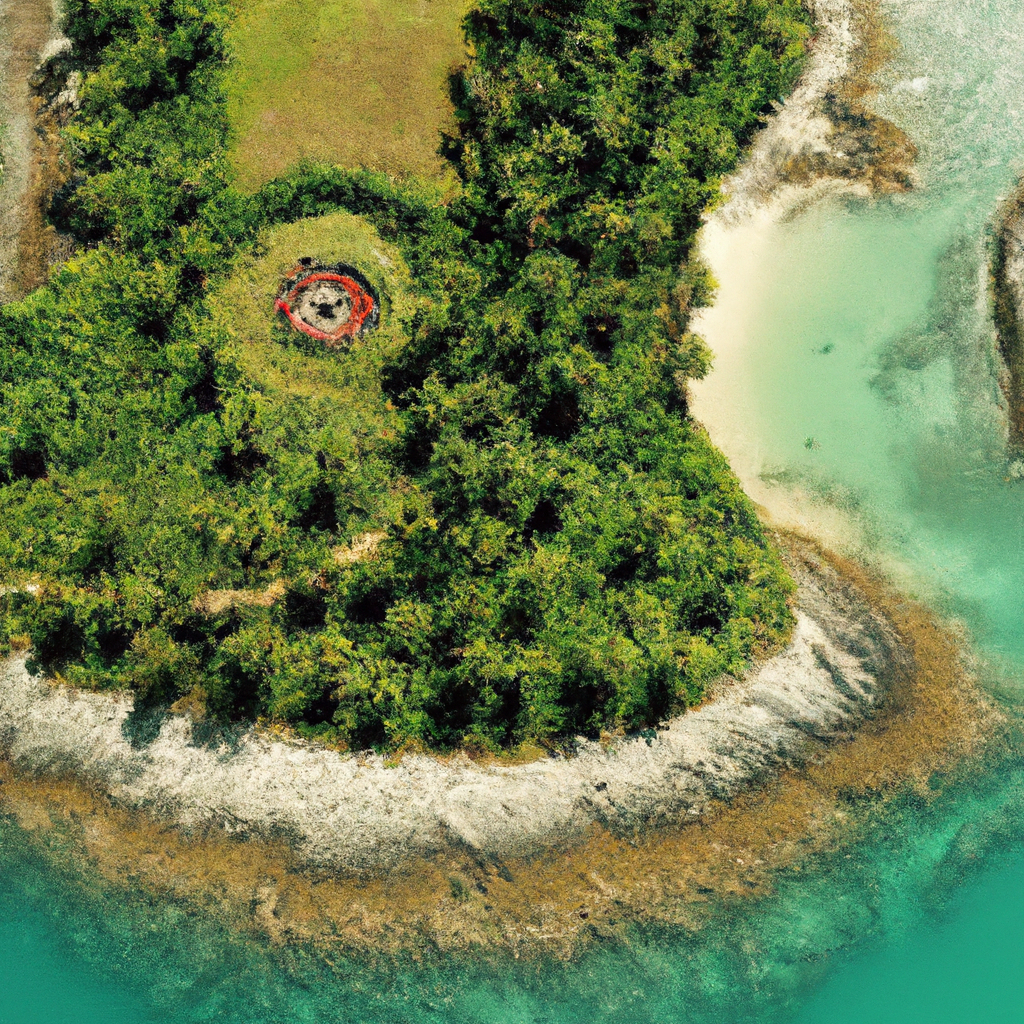
-
Article Summary
- How Tiny Islands Defied Prohibition to Keep Champagne Flowing
- Key Takeaways
- Introduction: The Champagne Islands
- The Role of Geography and Legal Loopholes
- Economic Boom and Cultural Impact
- Post-Prohibition Legacy
- FAQ Section
- 1. Why were the islands able to defy Prohibition?
- 2. How did the islands’ involvement in the alcohol trade impact their economy?
- 3. What was the cultural impact of the islands’ defiance of Prohibition?
- 4. What happened to the islands after the end of Prohibition?
- 5. Do the islands still produce and export alcohol?
- Conclusion: The Lasting Legacy of the Champagne Islands
- Revisiting Key Takeaways
How Tiny Islands Defied Prohibition to Keep Champagne Flowing

[youtubomatic_search]
Key Takeaways
- During the Prohibition era, tiny islands became a haven for alcohol, particularly champagne.
- These islands, such as Saint Pierre and Miquelon, capitalized on their geographical location and legal loopholes to continue the trade and consumption of alcohol.
- The islands’ economies thrived during this period, with Saint Pierre and Miquelon becoming one of the richest places in the world per capita.
- The islands’ defiance of Prohibition had lasting impacts on their culture and economy.
- Despite the end of Prohibition, these islands continue to be known for their unique alcohol-related history.
Introduction: The Champagne Islands
During the Prohibition era in the United States (1920-1933), the sale, production, and transportation of alcoholic beverages were banned. However, a few tiny islands defied this ban and kept the champagne flowing. This article explores how these islands, particularly Saint Pierre and Miquelon, capitalized on their geographical location and legal loopholes to continue the trade and consumption of alcohol, and how this defiance shaped their culture and economy.
The Role of Geography and Legal Loopholes
Saint Pierre and Miquelon, a small French archipelago off the coast of Newfoundland, Canada, played a significant role in the alcohol trade during Prohibition. Due to its proximity to the United States and Canada, and its status as a French territory, the islands were able to legally import alcohol from Europe and then smuggle it into North America. This was possible because the Volstead Act, which enforced Prohibition in the U.S., did not apply to territories outside U.S. jurisdiction.
Economic Boom and Cultural Impact
The islands’ involvement in the alcohol trade led to an economic boom. Saint Pierre and Miquelon became one of the richest places in the world per capita during Prohibition. The islands’ population also grew as people moved there to take advantage of the thriving economy. This period also had a lasting impact on the islands’ culture, with alcohol, particularly champagne, becoming a significant part of social life.
Post-Prohibition Legacy
Even after the end of Prohibition, the islands continued to be known for their unique alcohol-related history. Today, Saint Pierre and Miquelon are popular tourist destinations for those interested in Prohibition history. The islands also continue to produce and export alcohol, although on a much smaller scale than during Prohibition.
FAQ Section
1. Why were the islands able to defy Prohibition?
The islands were able to defy Prohibition due to their geographical location and legal status. As a French territory, Saint Pierre and Miquelon were not subject to U.S. laws, allowing them to legally import alcohol from Europe.
2. How did the islands’ involvement in the alcohol trade impact their economy?
The islands’ involvement in the alcohol trade led to an economic boom, with Saint Pierre and Miquelon becoming one of the richest places in the world per capita during Prohibition.
3. What was the cultural impact of the islands’ defiance of Prohibition?
Alcohol, particularly champagne, became a significant part of the islands’ social life. This cultural impact continues today, with the islands known for their unique alcohol-related history.
4. What happened to the islands after the end of Prohibition?
After the end of Prohibition, the islands continued to be known for their unique alcohol-related history. They are now popular tourist destinations for those interested in Prohibition history.
5. Do the islands still produce and export alcohol?
Yes, the islands continue to produce and export alcohol, although on a much smaller scale than during Prohibition.
Conclusion: The Lasting Legacy of the Champagne Islands
The tiny islands that defied Prohibition to keep champagne flowing played a significant role in the alcohol trade during this period. Their geographical location and legal status allowed them to capitalize on the ban, leading to an economic boom and a lasting cultural impact. Even today, these islands continue to be known for their unique alcohol-related history, serving as a testament to their defiance of Prohibition.
Revisiting Key Takeaways
- Tiny islands like Saint Pierre and Miquelon defied Prohibition and kept the champagne flowing.
- Geographical location and legal loopholes allowed these islands to continue the trade and consumption of alcohol.
- The islands experienced an economic boom during Prohibition, becoming one of the richest places in the world per capita.
- The islands’ defiance of Prohibition had a lasting cultural impact, with alcohol becoming a significant part of social life.
- Despite the end of Prohibition, these islands continue to be known for their unique alcohol-related history.
[youtubomatic_search]






